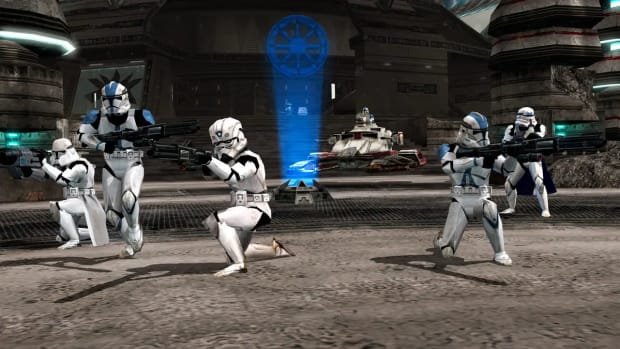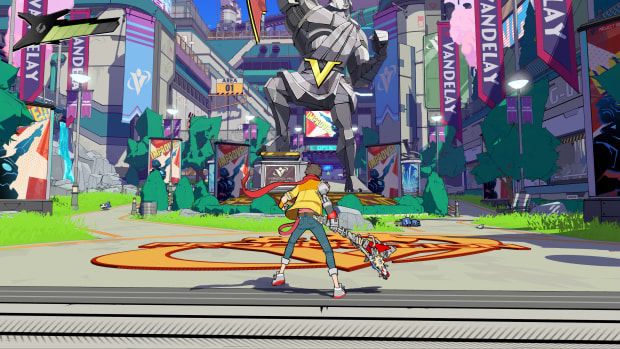
The 5 Worst Maps in VALORANT
VALORANT’s map pool is constantly expanding. The recent introduction of Sunset generally received positive feedback from the community and sparked a new interest in what maps and agents will arrive in the VALORANT meta next. While we wait for updates on the next map rotation, let’s take an in-depth look at some maps that unfortunately didn’t receive the same warm welcome – and why players shudder and Alt-F4 at the sight of them.
5. Haven
Haven’s three sites and vast map space demand intense collaboration from any team that plays on it. The map has been out since VALORANT’s early days in 2020 and has a mixed reaction of love and hate from fans. Regardless of personal opinion, the sad reality is that not everyone has a strong group of friends to queue with. It is simply a nightmare to play on Haven in the competitive solo queue without comms. Whoever inevitably fills the role of in-game leader will constantly be calling for rotates and micromanaging their teammates’ movements. A high-elo player’s experience might differ, but low-elo teams will have more luck working together to build a nuclear reactor than agreeing on a site to push. A-site can also be near-impossible to retake which is irritating combined with the map’s small but significant 52.38% attacker-sided bias.
4. Pearl
One can best sum up Pearl by the fact that the walkway from its B-lobby to B-site is a wide-open straight corridor. The map forces B-site defenders to play a game of whack-a-mole in B-halls as they guess whether enemies will pop up from the B-lobby left side, the B-long box, either side of the pillar or the tucked-in cubby on the corridor’s side while every second gives the push more free space. In addition, Riot Games has made flanking in Pearl incredibly convenient as players who go through mid don’t have to take the long flank and can simply walk through a nice little pathway to the Defender spawn. Control of Pearl’s middle area is so vital that Sentinels will often be stuck there with setups while Controllers and Initiators are left to protect sites.
3. Lotus
Lotus is the most attacker-sided map. According to rib.gg’s VALORANT pro gameplay analytics, it has a staggering 53.81% attacker win rate. Its A-main area is a source of frustration for attackers and defenders and contesting it inevitably ends in a bloodbath. The angle is a nasty funnel for attackers to take advantage of since they only have to aim at players holding stairs and A-site’s corner while defenders have to worry about all of A-rubble and a vertical angle on the A-lobby rock. The design is incredibly awkward, and players can rotate instantly as long as they have control of the map’s two middle doors. B-site is mere meters away from Attacker spawn, meaning that little to no effort is required for attackers to gain control of the rotate points to both other sites. A-site tree control is also hard to counter for post-plant.
2. Breeze
Breeze recently received some much-needed changes from the VALORANT team, but it remains a vast and difficult-to-control map. Its excessive long angles are much more reminiscent of a Counterstrike game than the VALORANT we know and love. A-site is a menace to push since every direction is open to unpredictable off-angles. Is that Chamber with Headhunter stairs, behind the orange box, tucked tight in a corner, standing behind pyramids in one of three gaps or on top of one of the pyramids? Nobody knows.
Sentinels will have no easy time defending Breeze’s wide-open sites and flanks abound with its many twisting and turning corridors. Mid is also a death trap and is so easy for attackers and defenders to get pinched in. While Breeze has improved with design alterations, Riot Games changed it for a reason and it retains its reputation as one of the most-hated VALORANT maps.
1. Fracture
Fracture is comically attacker-sided and the only map where it might be better to have five duelists instead of an actual composition. The map’s circular structure leaves it open to flanks from every direction and invites participants to play loop-de-loop with rotates more than they partake in actual fights. No amount of Sentinel utility could contain its sites – B is incredibly compressed and leaves defenders susceptible to pinches while players attempting to hold from A’s plant site face exposure to nearly every possible push angle. It is a more viable strategy on this map to stack and immediately push attackers. Since space is so hard to control, winning relies on numbers and the outcome of the initial bloodbath. As it is currently out of rotation, players can only hope that Riot Games is working on making the map more balanced.
Sunset’s release along with recent Breeze map changes have VALORANT players hopeful that Riot Games will take player feedback into account in future map designs. Though the Breeze adjustment might not have been perfect, it is a step in the right direction and has a visible impact on making gameplay enjoyable. Sunset’s attacker and defender win rate is also almost balanced at 50.09 and 49.91 percent respectively, which is a great sign. Stay tuned as the VALORANT team continues to fine-tune its maps and gameplay experience.










